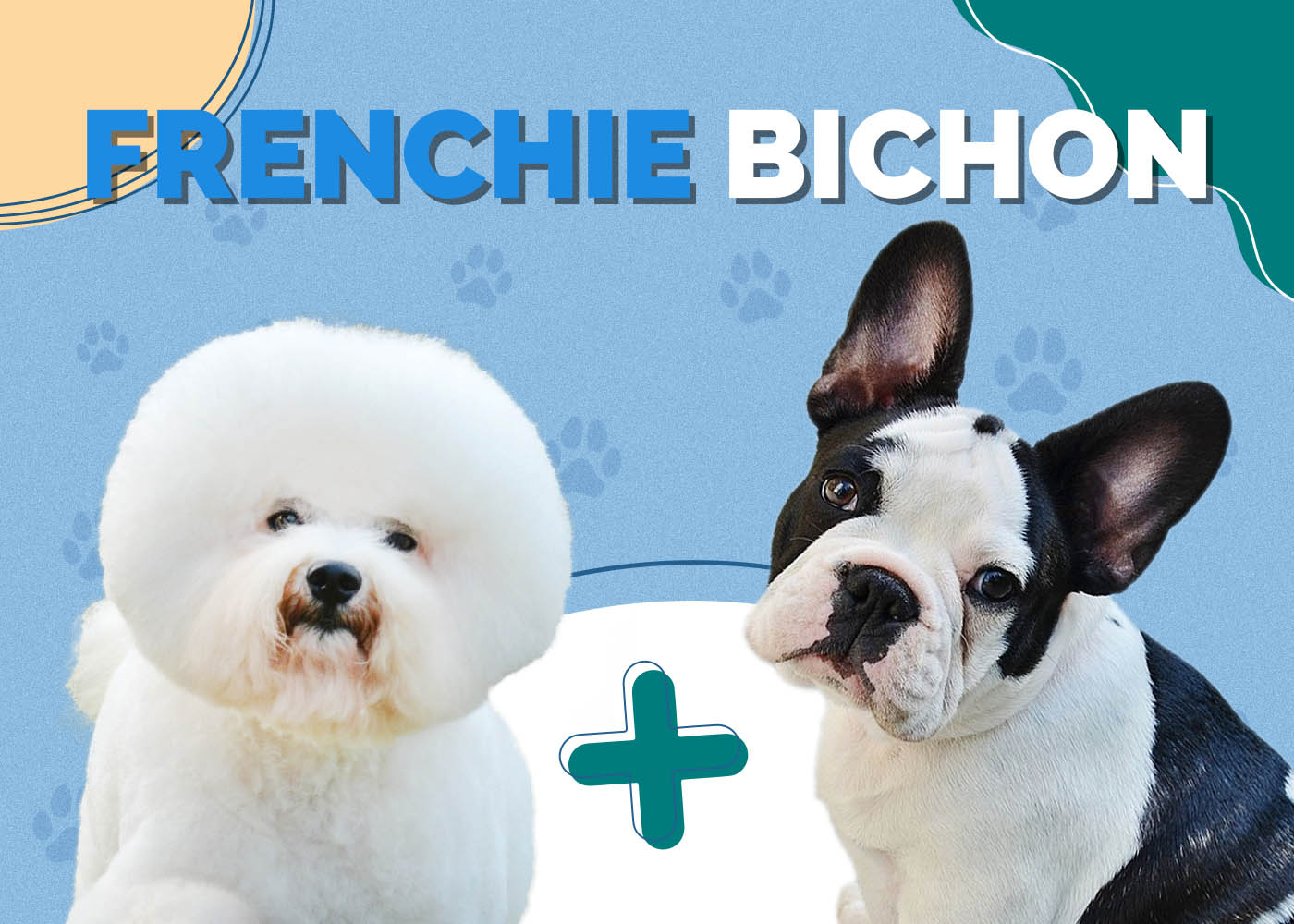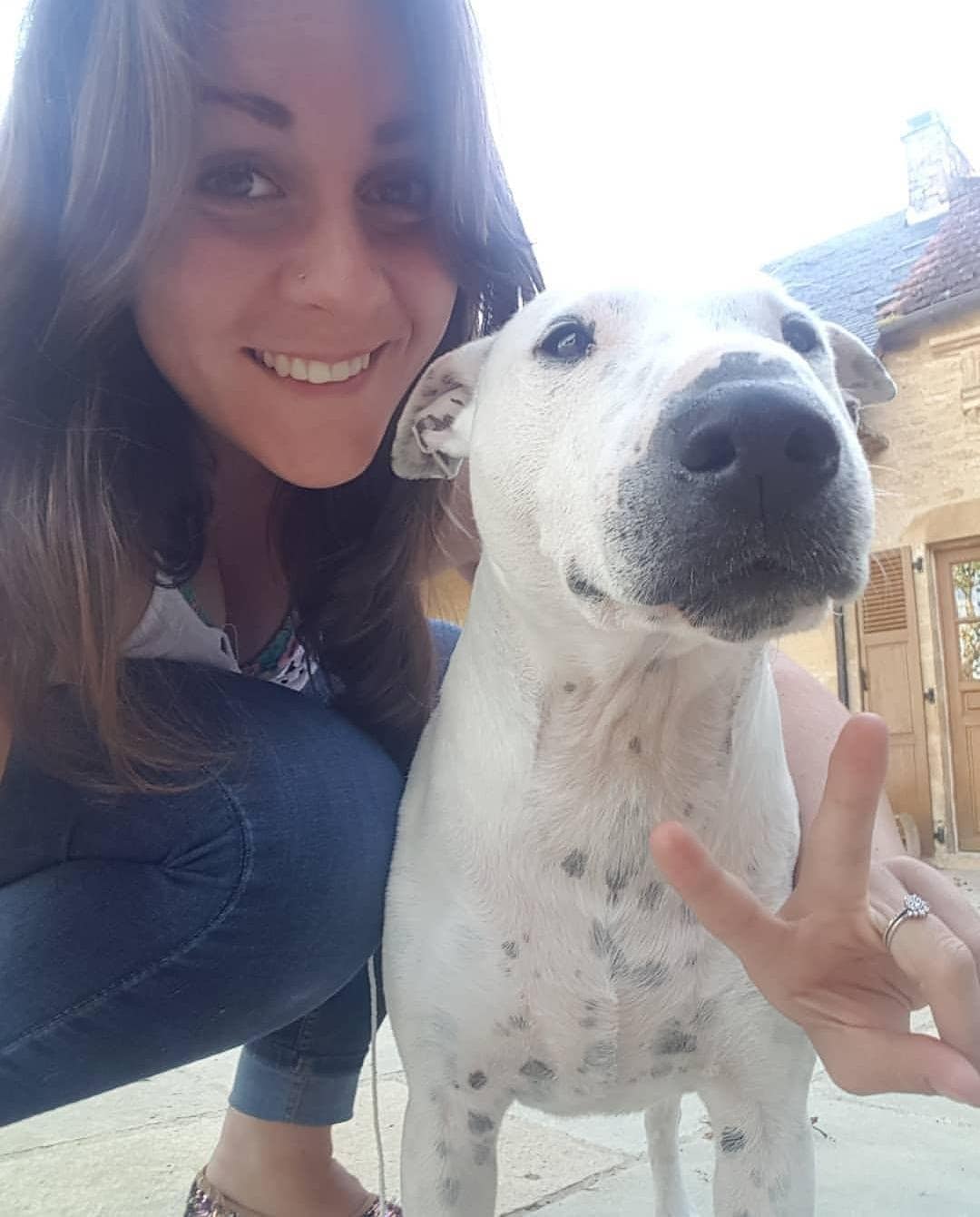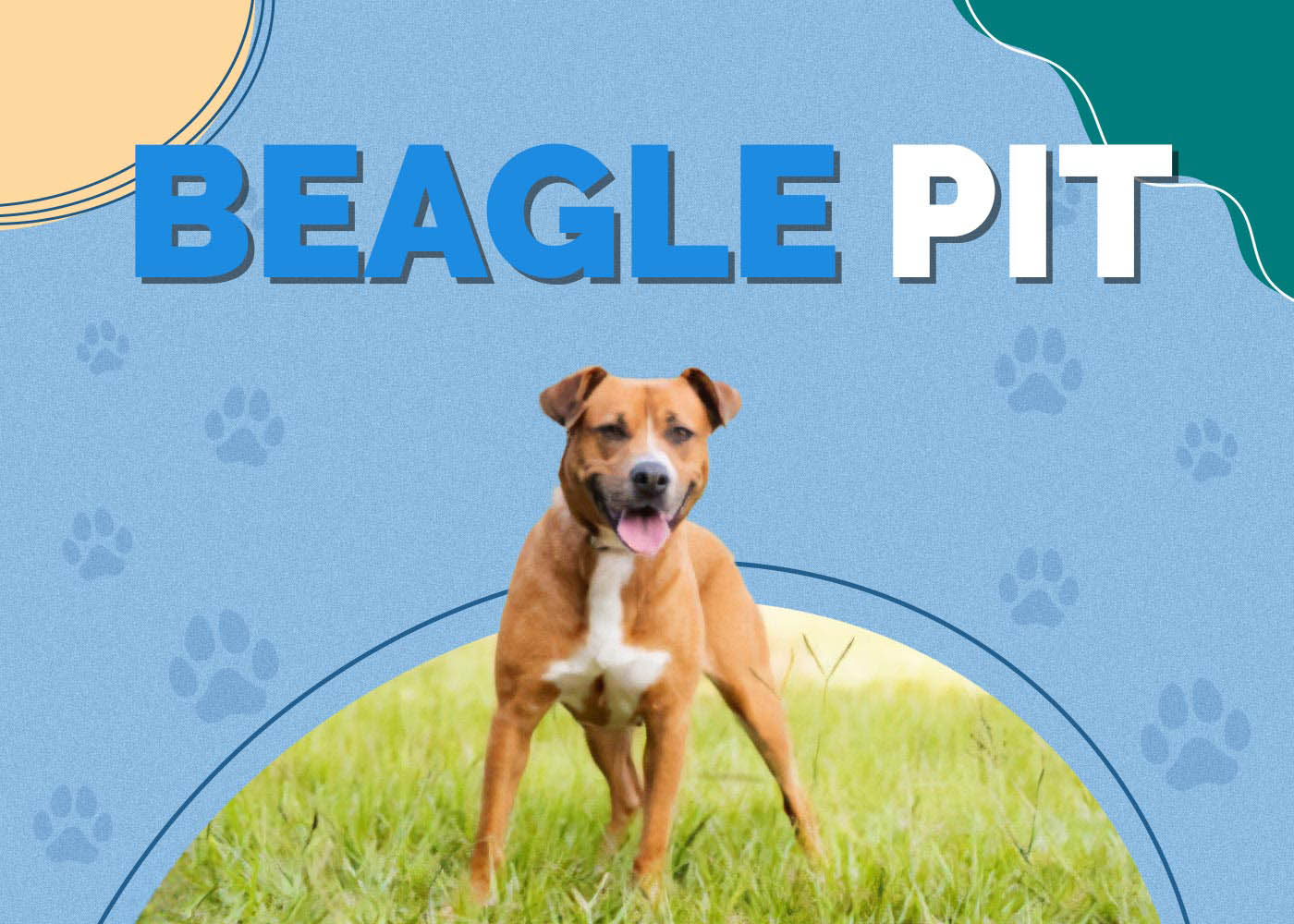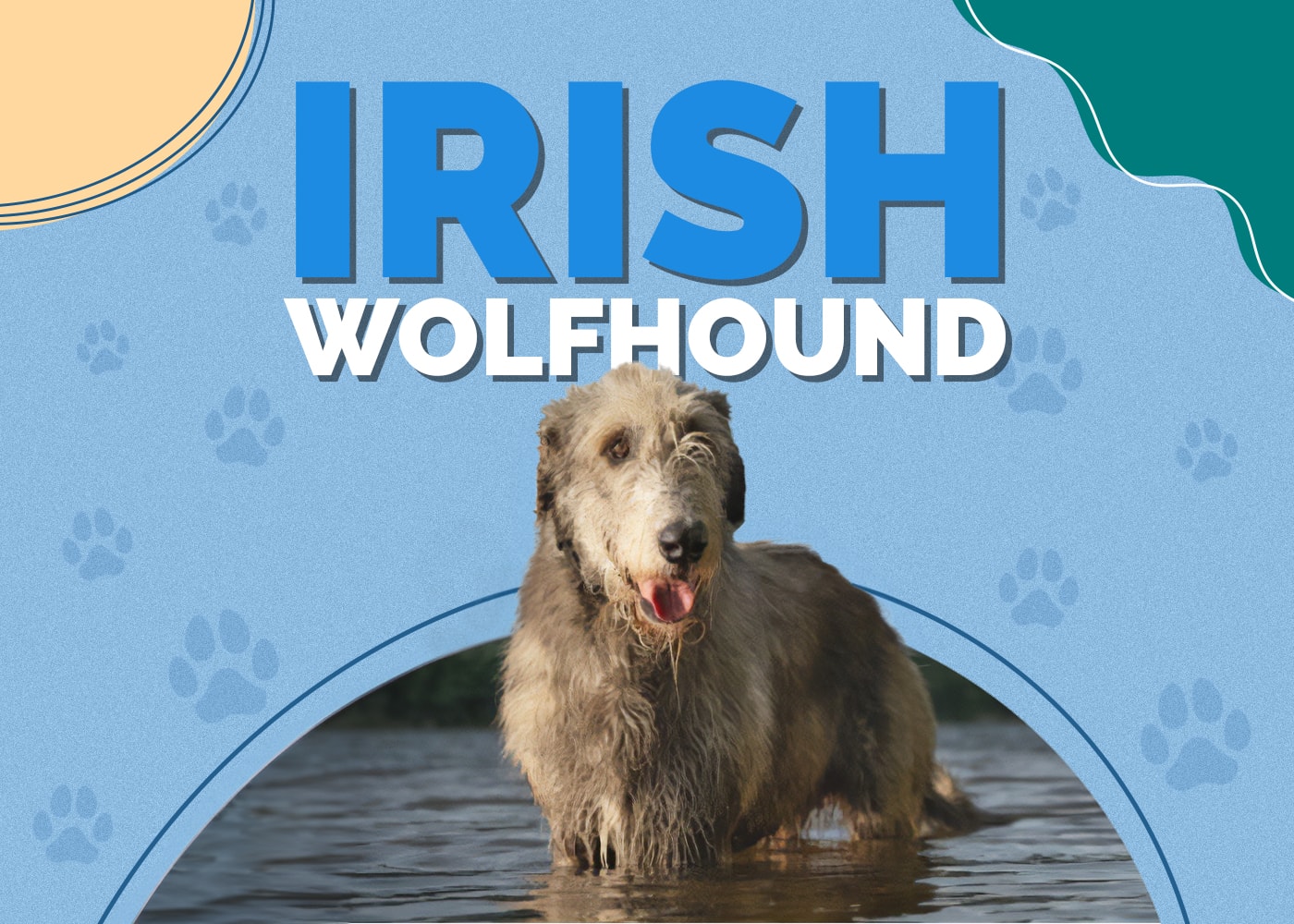Fawn French Bulldog Breed Info – Facts, Pictures, Origin & History
By Lorre Luther
Updated on
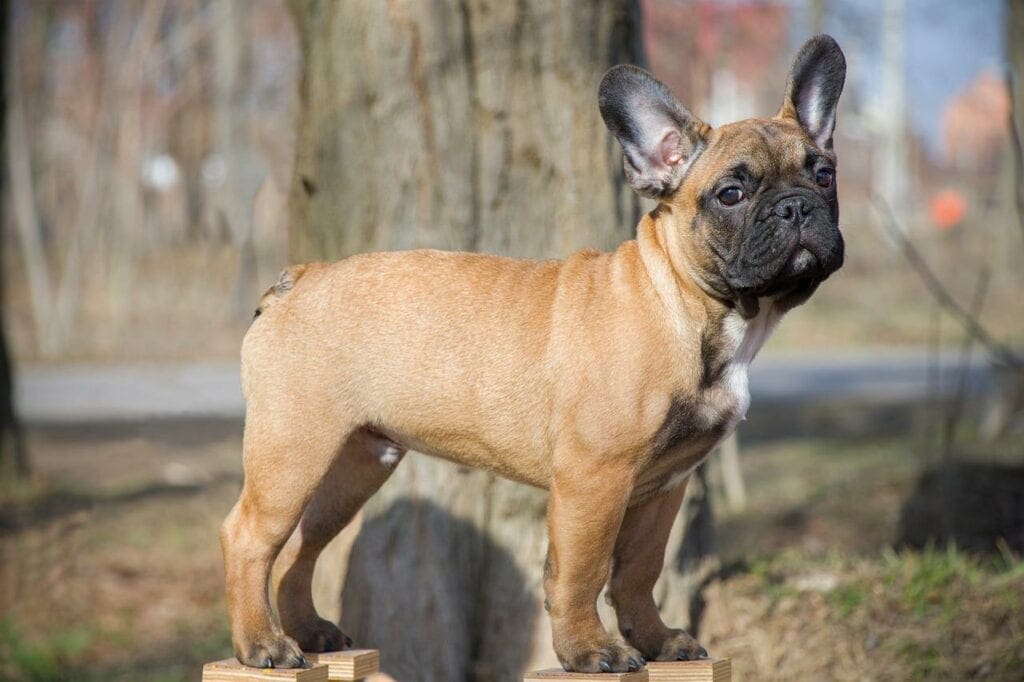
Click to Skip Ahead
Fawn French Bulldogs are French Bulldogs with light, almost cream-colored coats. Fawn is one of the nine standard French Bulldog colors recognized by the American Kennel Club, along with fawn and white; fawn, brindle, and white; as well as cream. The adorable medium sized-dogs typically weigh no more than 30 pounds.
French Bulldogs resemble small Bulldogs with bat ears that stick straight up! Their easy-going personalities and love for people make them less suited for guard dog duties.
The Earliest Records of Fawn French Bulldogs in History
The little lap dogs are actually related to English Bulldogs, the ones developed specifically to participate in bullbaiting! During the early 19th century, English workers forced out of work by the industrial revolution began moving to France. When they left England, many took several smaller English Bulldogs with them to France, where the tiny pups earned their keep as ratters.
Over time, they became increasingly popular, particularly in wealthy and artistic circles. By the late 18th century, the dogs had become a favorite in elite circles; one even traveled in style on the Titanic’s doomed voyage in 1912. Henri de Toulouse-Lautrec and Edgar Degas both painted French Bulldogs, and the breed was first brought to the United States as part of an official breeding program in 1885.
French Bulldogs were officially reintroduced to England in 1893, where they received a less than welcoming reception due to fears the small dogs with bat ears would contaminate the English Bulldog gene pool.
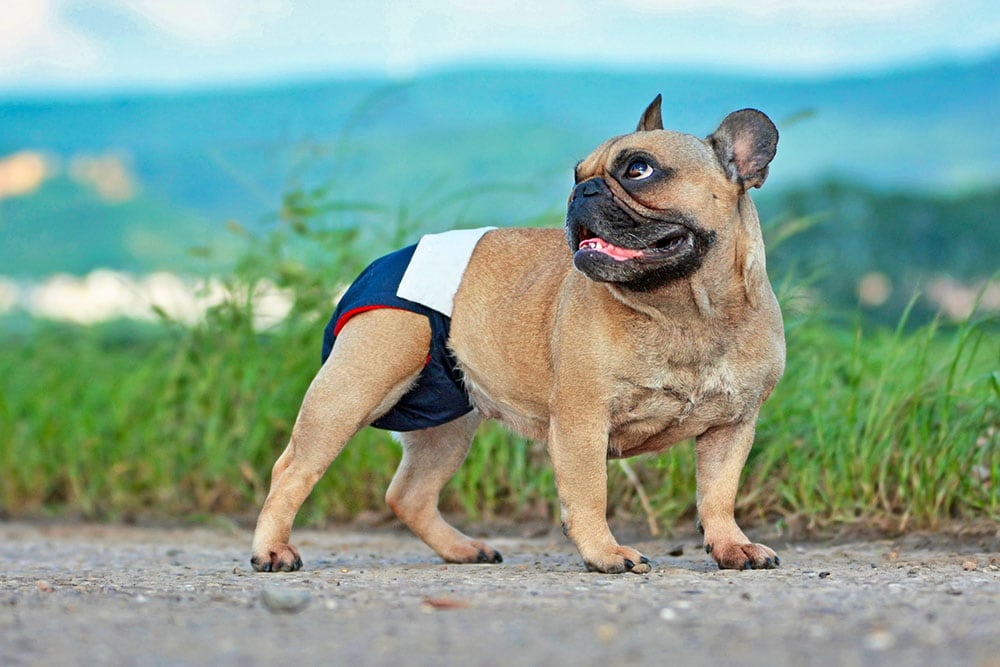
How Fawn French Bulldogs Gained Popularity
French Bulldogs first gained popularity in France due to their combination of friendliness towards humans and serious tenacity, making them incredibly useful as ratters. They didn’t last long as an all-around farm dog because they quickly became one of the most popular breeds among the rich, powerful, and well-connected in 19th-century France.
English Bulldog breeders began sending “non-standard” dogs, ones with bat ears that did not meet English Bulldogs standards, to France, where they were snapped up by wealthy aristocrats and artists. By 1860, the English stock of tiny Bulldogs was almost entirely depleted due to exportation to meet French demand.
After arriving on the shores of the United States, the dogs became popular with well-heeled Americans. Members of the J.P. Morgan and Rockefeller families owned French Bulldogs, and records indicate that some dogs sold for as much as $3,000 in early Progressive Era America.
Formal Recognition of Fawn French Bulldogs
They were first shown in the United States in 1896 at the Westminster Kennel Club Dog Show. Only dogs with traditional English Bulldog folded ears won awards during the first few years. Disappointed owners formed the French Bull Dog Club of America and successfully advocated for the adoption of bat ears as the gold standard.
The breed faced more obstacles to recognition in the United Kingdom, as English Bulldog breeders disapproved of the size and ears of the breed and opposed recognition of the smaller breed out of fear it would lead to a demand for crossbreeding. The English Kennel Club only recognized the breed in 1902 when it adopted the same standards already in place in other English-speaking nations.
Top 3 Facts About the Fawn French Bulldog
1. Fawn French Bulldogs Are a Brachycephalic Breed
French Bulldogs are a brachycephalic breed, meaning they have squished faces. The dogs have trouble tolerating warm temperatures, and many cannot effectively cool themselves off when the mercury rises above 85° F. They’re also prone to joint problems, such as hip dysplasia, and tend to snort, snore, and slobber. Their distinctive head and eye socket shapes often lead to brachycephalic ocular syndrome, which requires lifelong medical treatment and sometimes even multiple surgeries; it’s a leading cause of blindness among French Bulldogs.
2. Fawn French Bulldogs Often Have Skin Diseases & Trouble Giving Birth
French Bulldogs, while adorable, often suffer from a slew of painful medical conditions. They’re prone to developing skin diseases and often have difficulty giving birth.
The Frenchie skin folds are adorable, but they’re also breeding grounds for bacteria. French Bulldogs often end up with bacterial and fungal infections around their faces, ears, and tails, where the folds tend to be deepest.
French Bulldogs often have wide, square heads that are too big to pass through their mother’s hips. As a result, a high proportion of the dogs must be delivered via cesarean section.
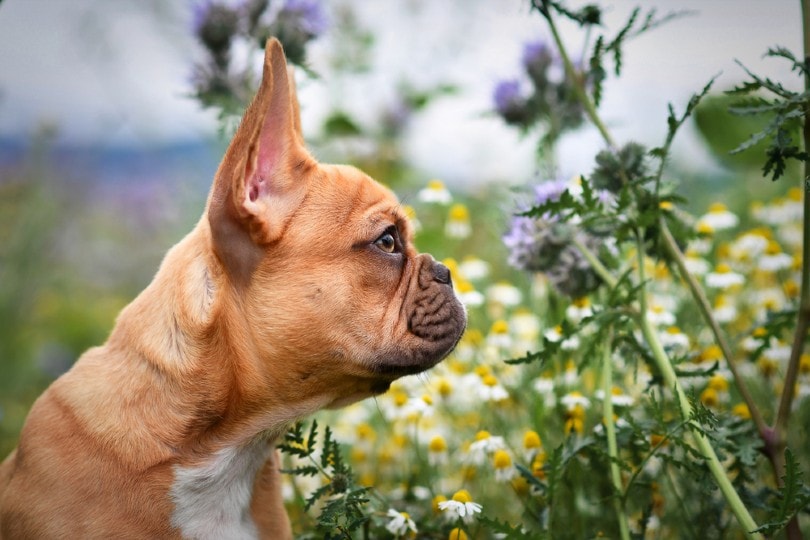
3. Fawn French Bulldogs Snore, Sort, Slobber, & Don’t Really Enjoy Exercise
This is not the breed to adopt if snoring drives you nuts. They also tend to treat their humans with plenty of drool. They enjoy being outside and getting fresh air, as long as it’s done during the cool of the evening and at a sensible pace. Running with a French Bulldog is pretty much out of the question!
Do Fawn French Bulldogs Make Good Pets?
Absolutely! French Bulldogs are fantastic pets, particularly for one-person households and those who live in apartments. They’re sweet, easy to get along with, and genuinely enjoy being with their favorite person. Since they don’t need hours and hours of exercise, they’re great human couch potato companions. While they may not give as much affection to all family members, they won’t attack or endanger children and unknown humans.
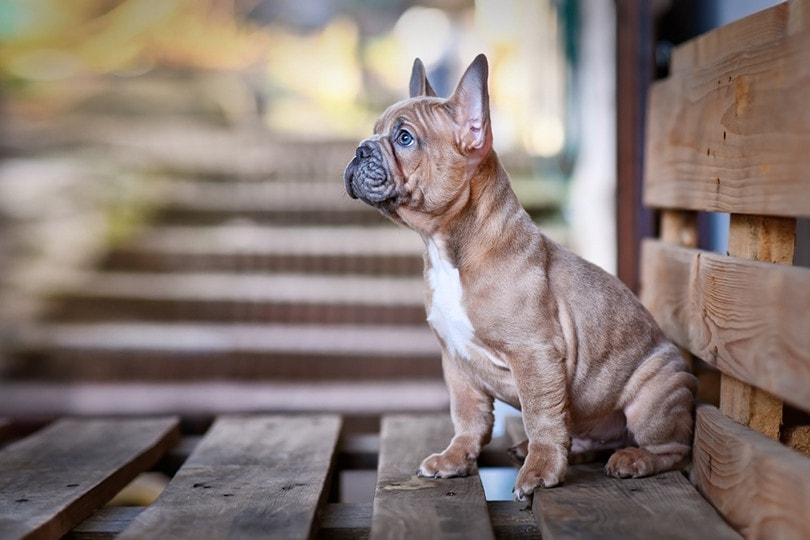
Conclusion
French Bulldogs are one of the most popular breeds in the United States. They’re great pets for individuals and those with limited space. While they need a fair amount of love and attention, they’re generally not interested in going for long jogs or chasing cats. While they tend to snort, snore, and slobber, that’s part of their charm.
Also see:
Featured Image Credit: ElfinFox, Pixabay




